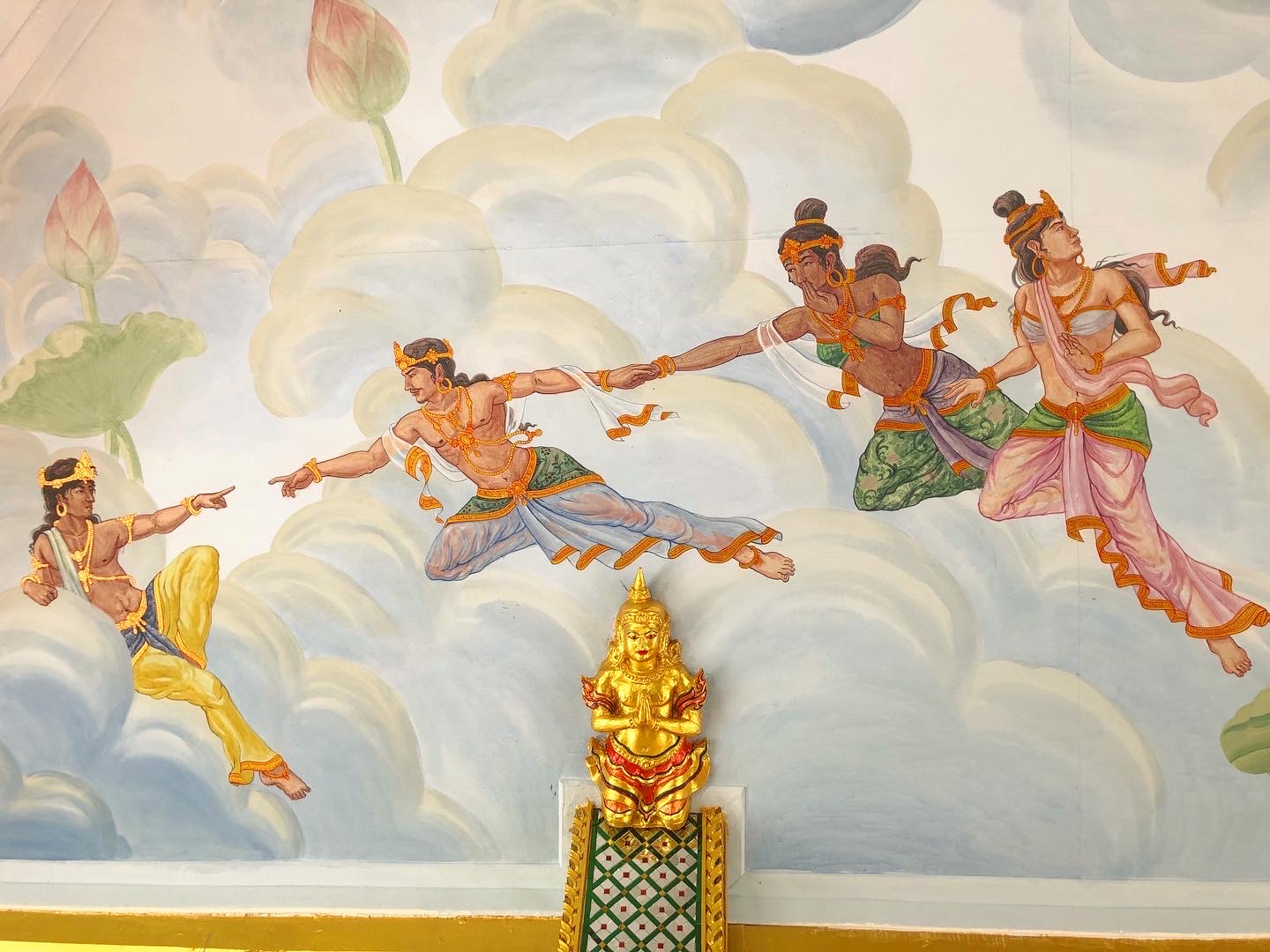
ATTRACTIONS
Venice of the East
History
Discover the rich historical heritage of Bangkok by visiting the following locations.

Chinatown
Chinatown
Traces its roots back to the late 18th century when Chinese immigrants settled in the area, who played a significant role in Bangkok's development, contributing to trade, commerce, and cultural diversity. Comes alive during festive seasons (Chinese New Year), where streets are filled with decorations, dragon parades, fireworks, and cultural performances.
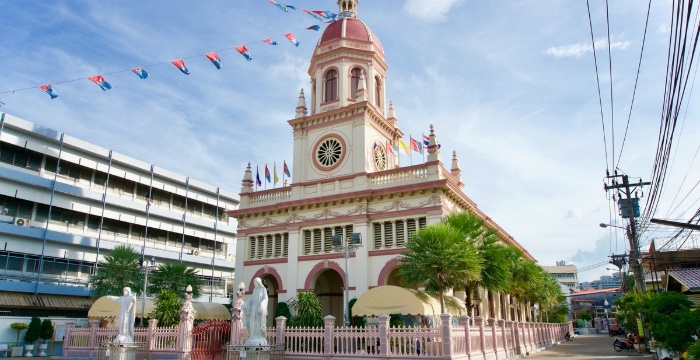
Kudi Chin
Historic Portuguese Neigbourhood
Often referred to as Bangkok's "Little Portugal". Established in the late 17th century, when Portuguese traders and missionaries settled in the area. A must visit for those interested in history and make sure to try the "Khanom Farang", a Thai-style cake that was influenced by the Portuguese. Places to visit: Santa Cruz Church, Baan Kudichin Museum, Kuan Yin Shrine.
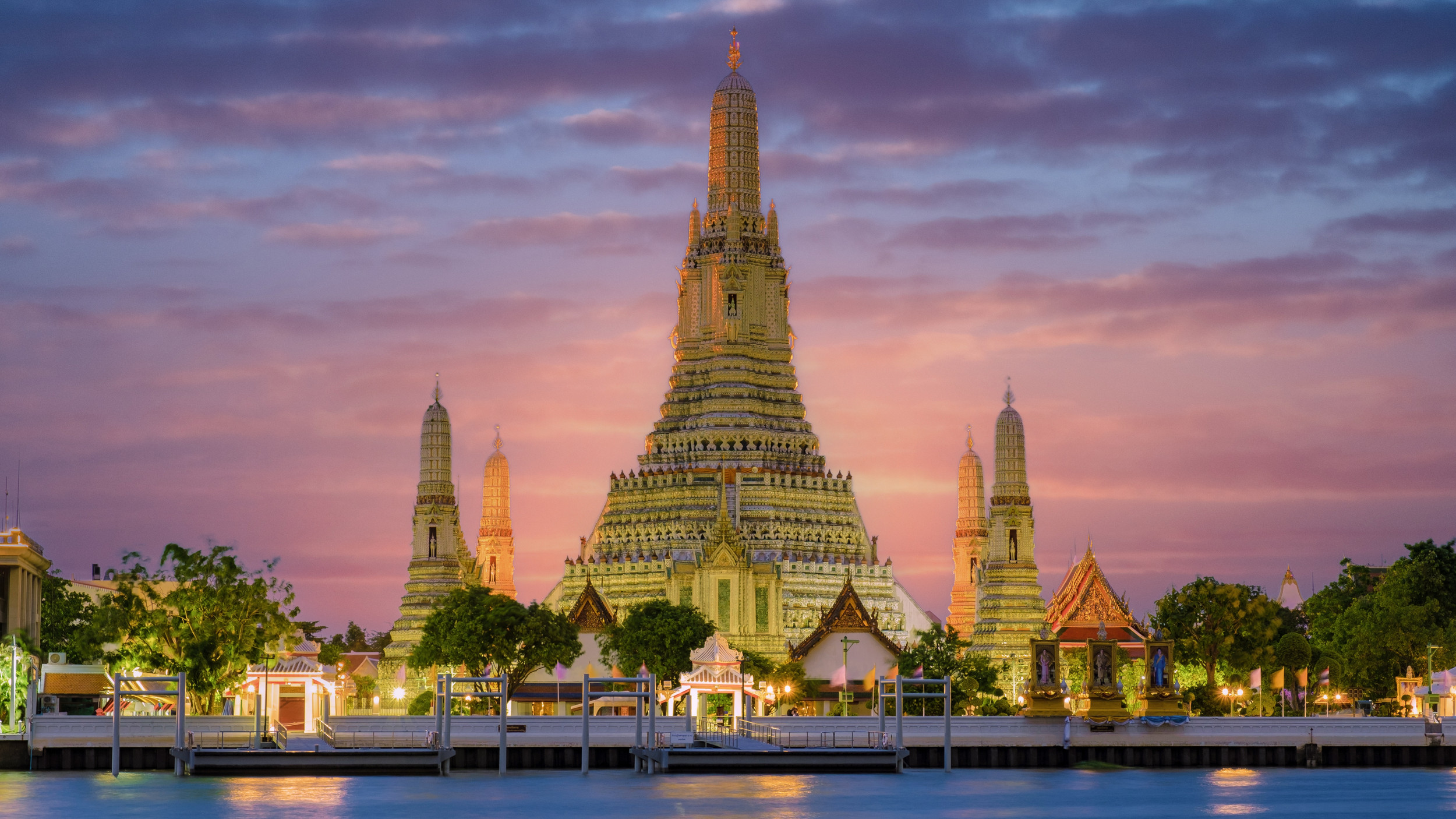
Rattanakosin
Old City
Established in 1782 when King Rama I moved the capital of Thailand from Thonburi to the area surrounding the Grand Palace. Sights: Grand Palace, Wat Phra Kaew (Temple of the Emerald Buddha), Wat Pho (Temple of the Reclining Buddha), and Wat Arun (Temple of Dawn). museums, galleries, and traditional markets. A classic for both tourists and expats.
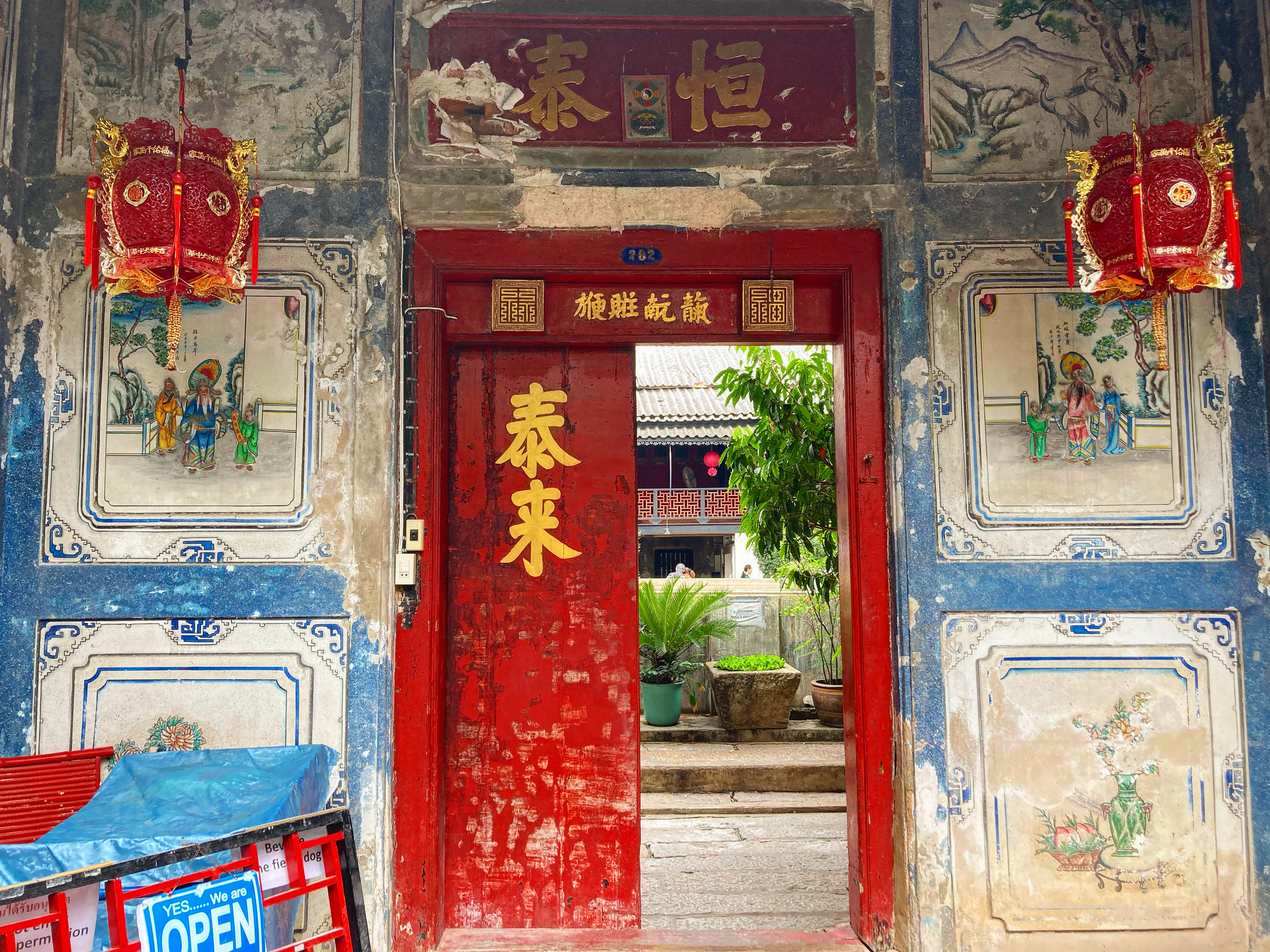
Talat Noi
Historic Chinese Neighbourhood
Located near the Chao Phraya River, Talat Noi is known for its unique blend of Thai and Chinese culture, as well as its historic architecture, narrow alleyways, and street art. Visitors to the area can visit the many temples, shrines, cafes & traditional shophouses that are located throughout the neighborhood. Sights: So Heng Tai Mansion, Wat Mangkon Kamalawat temple, Talat Noi Wall Art.
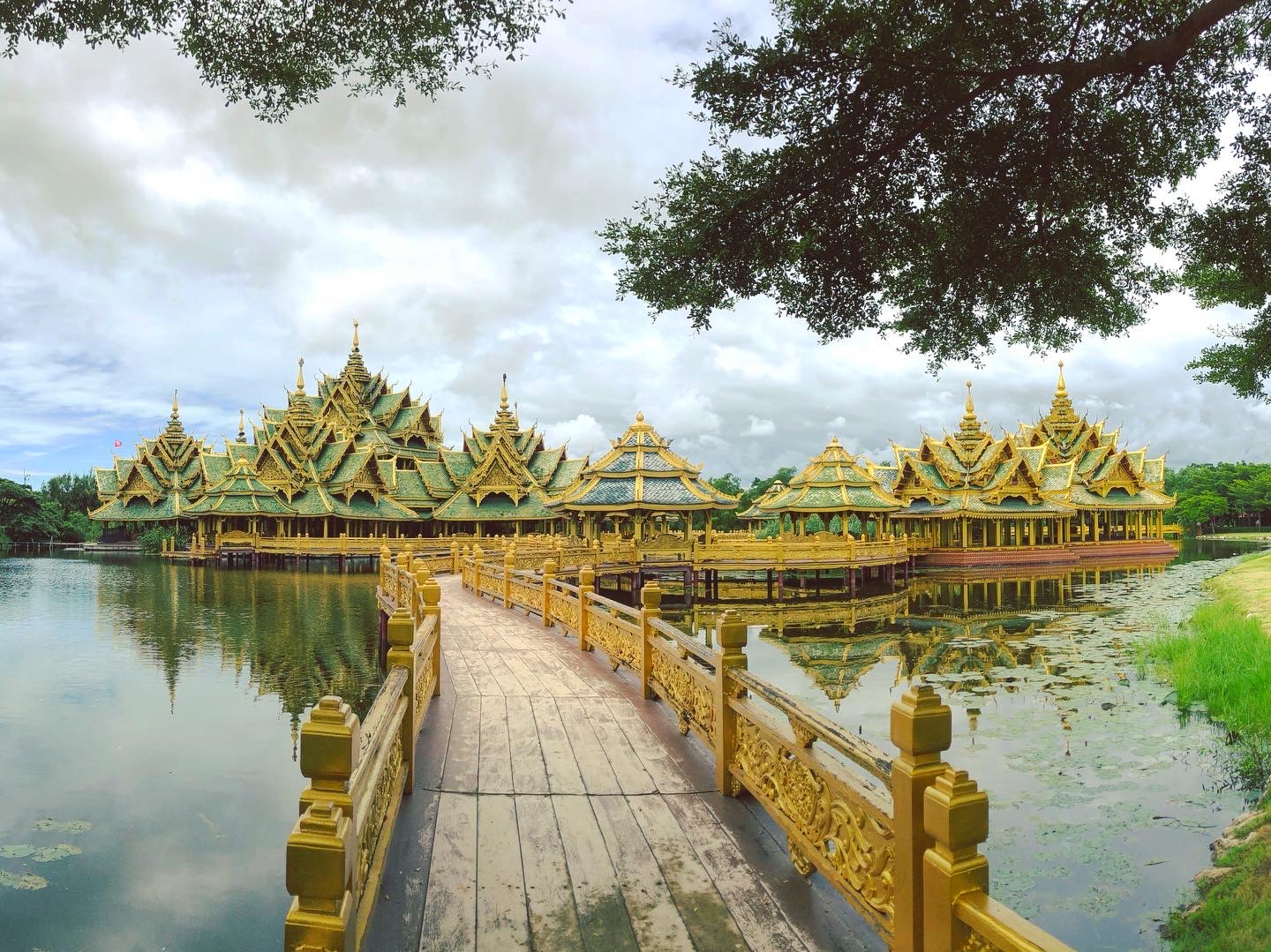
Ancient Siam
Outdoor Museum Park
Features a large outdoor exhibit of replicas of over 100 historic Thai buildings (temples, palaces, and traditional homes). The museum can be explored on foot, or with a bicycle (recommended) or golf cart. In addition, it also features traditional music, dance shows, and demonstrations of silk weaving and pottery. A must-visit destination for anyone interested in history, culture, and architecture.

Thonburi
Historic District
Thonburi offers a glimpse into Bangkok's past as the former capital. It has retained much of its traditional charm and local character and provides a more relaxed and less crowded atmosphere compared to central Bangkok. Great opportunity to take boat rides and witness the local river life. Sights: Wat Paknam Phasi Charoen, Amphawa Floating Market, Wat Rakhang Khositaram
Local
Local neighbourhoods and areas that will help you to get a sense of how the locals live.
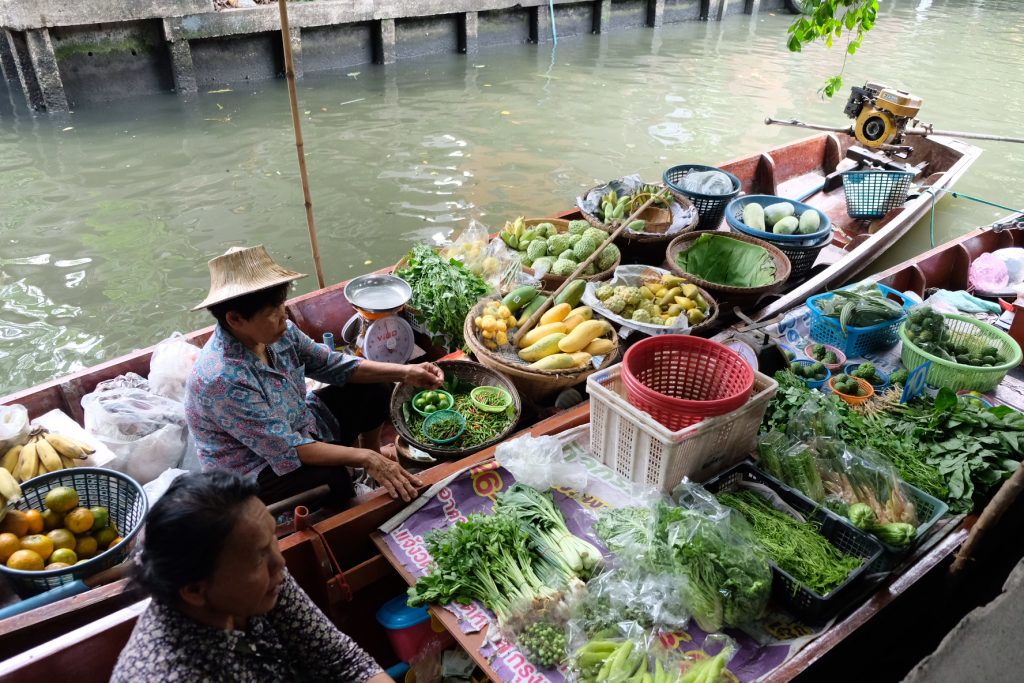
Floating Markets
Markets
On-water markets selling produce, and souvenirs from boats floating on canals. Such markets are a traditional way of life and have been operating for hundreds of years. One of the best floating markets for me is: Khlong Bang Luang in Thonburi. Unlike other floating markets, Khlong Bang Luang mainly attracts locals. Located on a picturesque canal lined with old wooden houses, art galleries, and cafés.
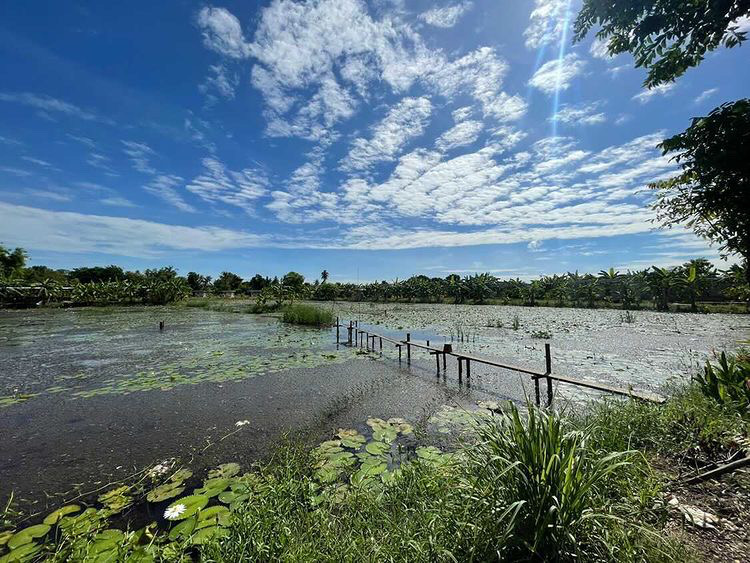
Bang Krachao
Bang Krachao
Known as Bangkok's "Green Lung," Bang Krachao is a lush green area with a rich ecosystem that has become a popular destination both locals and expats. Provides fresh air, and an escape from the pollution, and the hustle and bustle of the city. Best explored by bicycle (rent available). Sights: Bang Nam Phueng Floating Market, Sri Nakhon Khuean Khan Park, Botanical Garden, Siamese Fighting Fish Gallery,
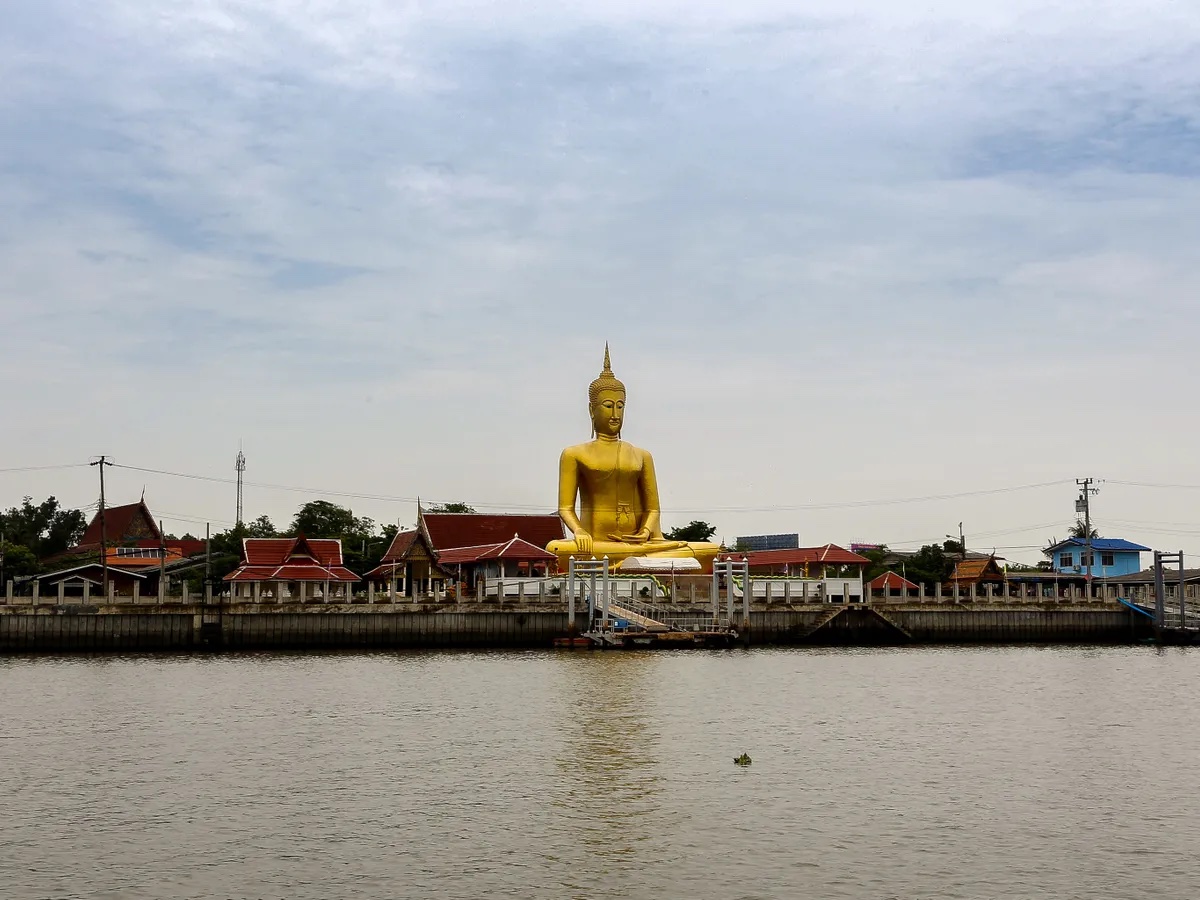
Koh Kret
Koh Kret
Artificial island created by chance. Became a settlement for Mon people (ethnic group from central Thailand and Myanmar). Famous for its distinctive pottery, where you can visit pottery workshops, and participate. Best explored by bicycle, with designated bicycle paths. Must try: Khanom Jeen (rice noodles with curry), Kanom Krok (coconut rice pancakes) and a craft beer at Chit Beer.